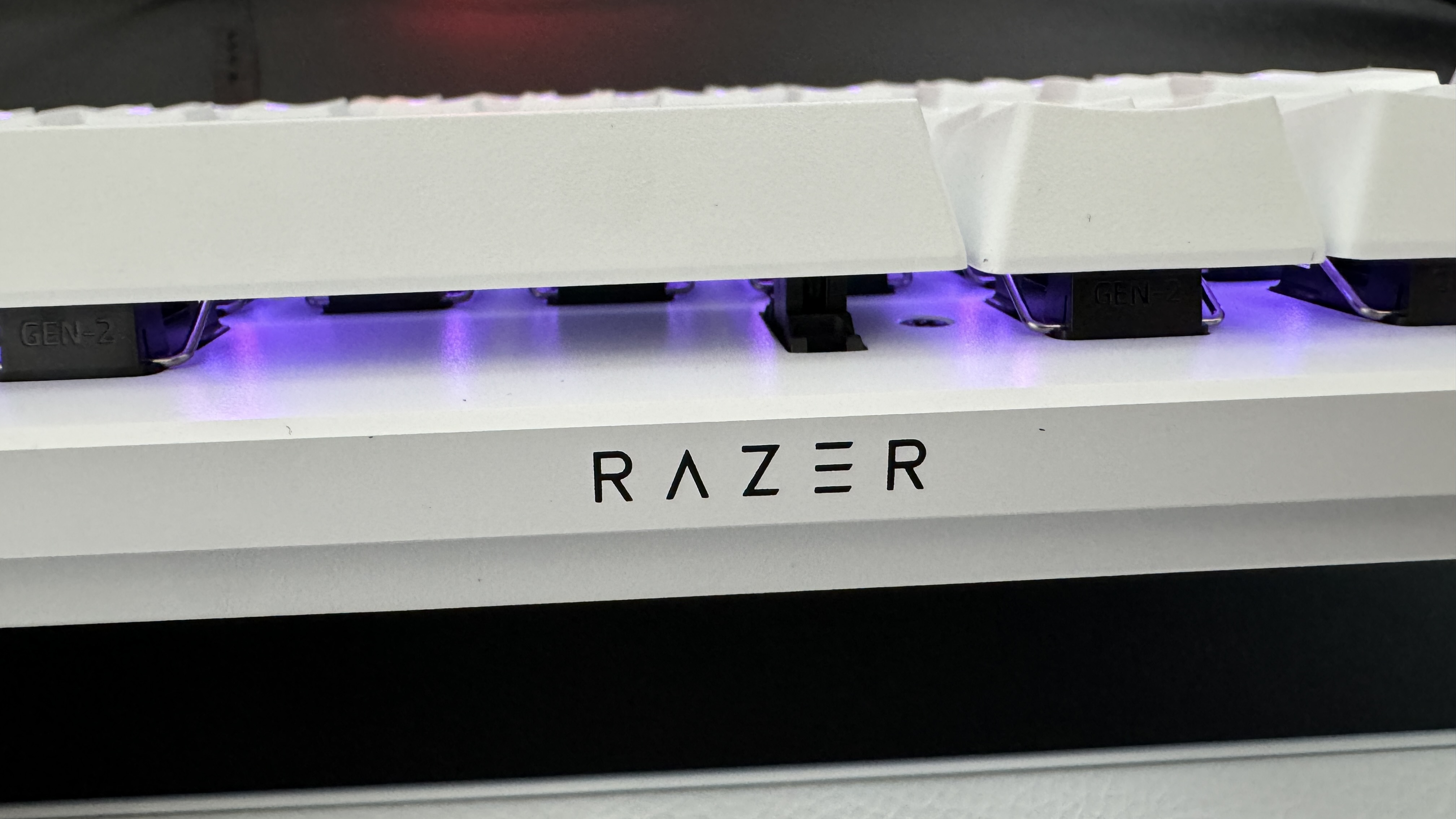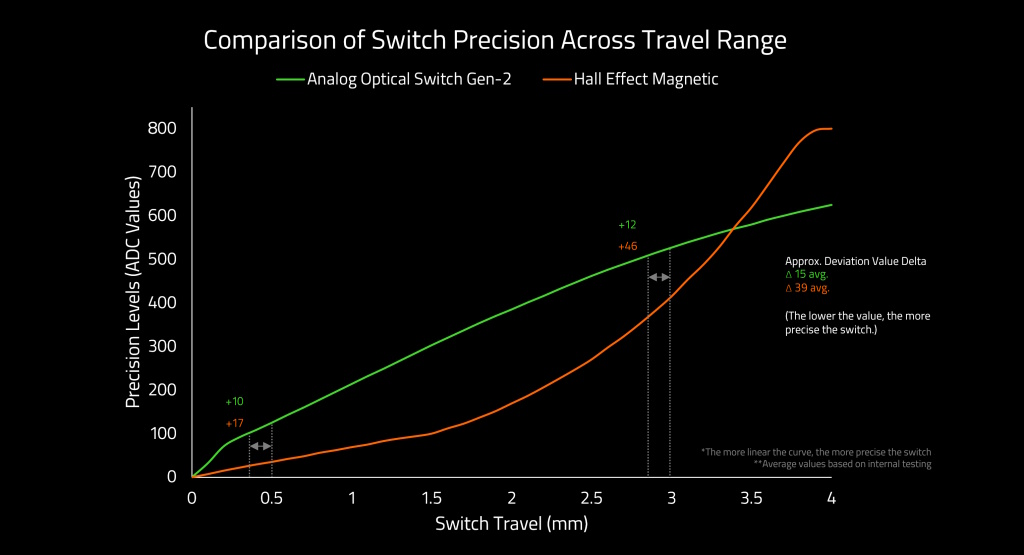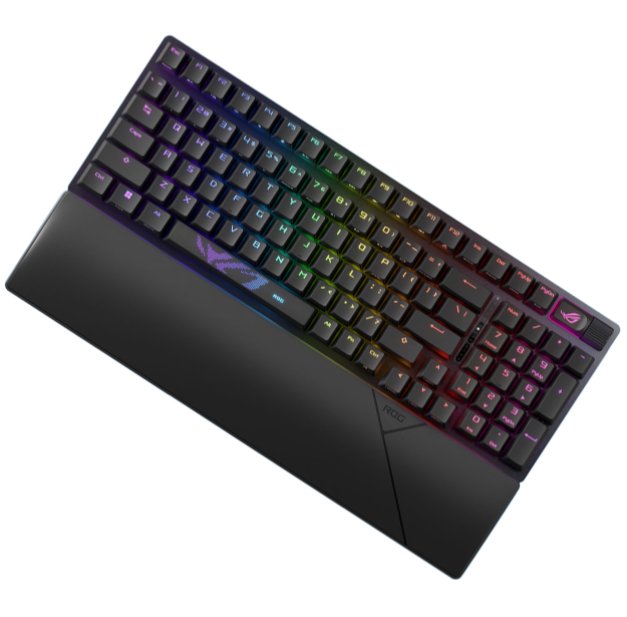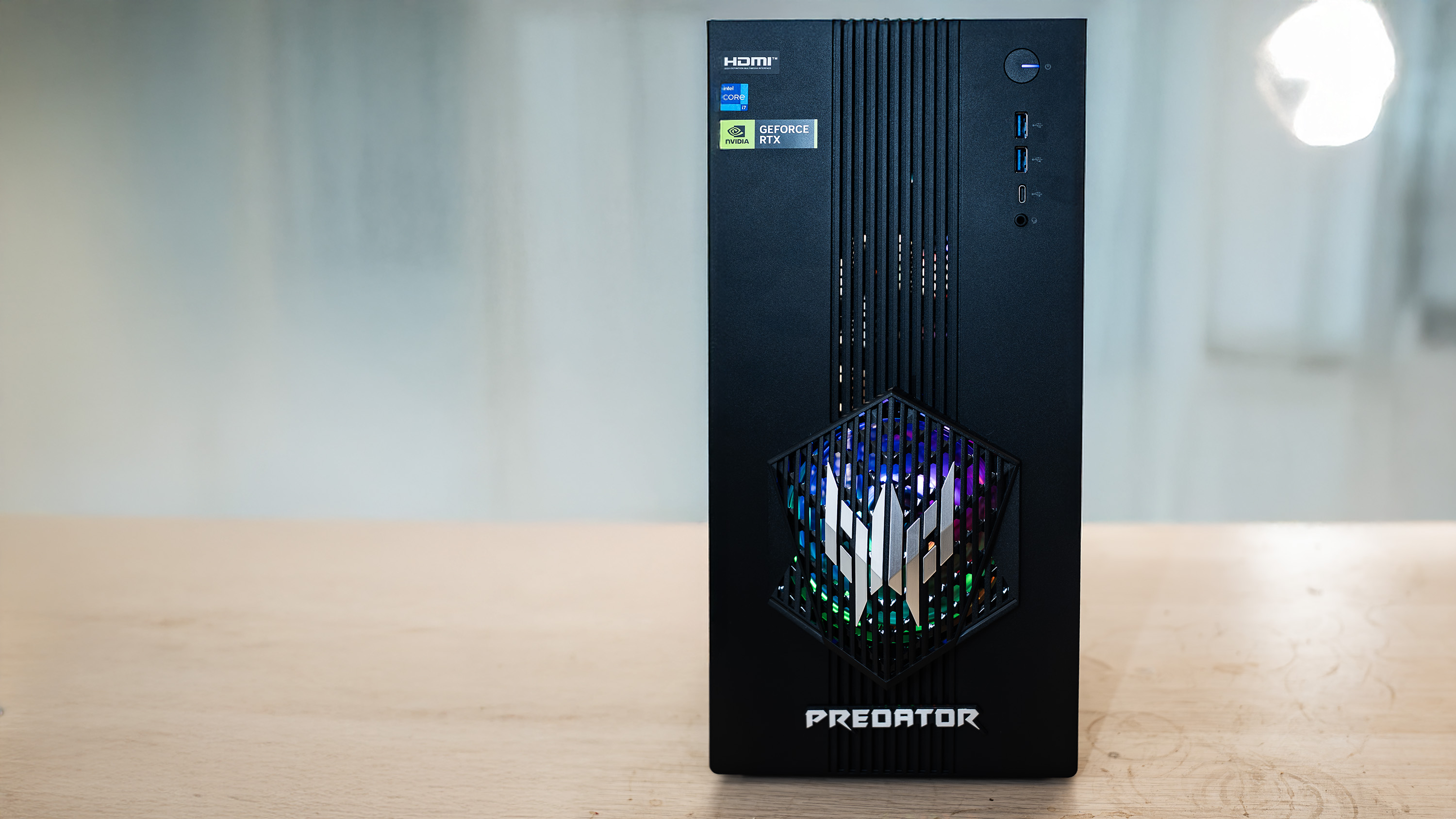
I've been using a Hall effect keyboard for quite a while, and I'm keenly aware that this switch technology is the most popular for gamers right now. However, a while ago I spoke with Razer product manager Dexter Tan about optical keyboards, and he argued that optical is actually better.
Both kinds of tech allow for analogue input, meaning keyboard switches don't just measure a binary 'off' or 'on', but instead can measure how far down each key has been pressed. This, of course, can allow for analogue input in racing games, for instance, but it also lets you use your keyboard in a more traditional 'pressed'/'not pressed' manner, but with more control over how far down each key gets actuated.
One of the main things this has allowed is rapid trigger, which is where you can re-press a key as soon as you start letting up from the last key press, without having to go up a certain distance before re-pressing. This allows for faster reactions in games. Or, you could just set a static actuation distance at exactly the key travel distance you want for each key.
Both optical and Hall effect technologies allow you to do these things. Optical was around before Hall effect, at least as far as mainstream gaming keyboards from mainstream brands are concerned. But over the last few years we've seen companies move to Hall effect, with some of the best gaming keyboards using this technology.
Razer, however, reckons optical is better. The reason, the company says, is primarily due to the inherent nature of magnetism and optical technologies. Hall effect switches use magnets to measure how far the switch has travelled, while optical uses infrared light.

Tan explains: "Magnets are a little bit volatile, they're hard to control" which leads to "variations and deviations" in consistency between different Hall effect switches.
Optical switches, on the other hand, are apparently easier to keep consistent because you can precisely control the amount of light that goes through each switch. Essentially optical switches have cut-outs in them that change the amount of light that can pass through depending on how far down it's pressed.
Keep up to date with the most important stories and the best deals, as picked by the PC Gamer team.
In other words, it's the physical dimensions—the shape of the cut-out—which determines the precision with which the key depression can be measured. This, according to Razer, can be much more precise than getting the magnets in each switch to exhibit the same amount of magnetism, especially as the company says it tests and calibrates each switch right before packaging.
Razer's testing claims to show that this bears out in practice, with optical switches measuring the travel distance more accurately throughout the entire key press. You can see the straighter line in the graph belongs to the optical switch, rather than the Hall effect one.

Razer also claims optical switches are more reliable as they're less sensitive to environmental factors, and also more performant in general thanks to lower latency. But it's really the precision element that the company lays on heavy.
I suppose the main question I have is: how many players will notice the difference? I can only just about notice the benefit to Hall effect over standard mechanical, let alone any supposed difference between Hall effect and optical. But I'm not a young pro player with lightning-quick reactions. Razer admits that it's found that only some players can tell the difference between optical and non-optical keyboards.
The company also admits that optical switches require more power, which might be a problem for wireless keyboards. But wireless keyboards are quite niche anyway—most people are fine leaving their keyboard plugged in and stationary—so I suppose this isn't much of a downside. RGB lighting is still far more of an energy hog than the infrared in optical switches is.
At any rate, this precision difference might be something to look into if you're one of the few ultra-competitive gamers looking to eke out as much performance as possible. I'm not sure how we'd test it, as end-users, though, beyond simple feel. On that front, my ageing fingers are happy either way, with Hall effect or optical or heck, even just plain old mechanical.
Plus, there are new switch technologies emerging, such as TMR and induction. On the former, Tan says this still suffers some of the same limitations as Hall effect because it's magnetic, but with induction it's too early to tell and there's not enough data. Some other companies are already looking towards the latter for the future, though, and if that's anything to go by then the optical vs Hall effect debate might be redundant in the end.

1. Best overall:
Asus ROG Strix Scope II 96 Wireless
2. Best budget:
Gamakay x Naughshark NS68
3. Best mid-range:
Ducky Zero 6108
4. Best rapid trigger:
Wooting 80HE
5. Best wireless rapid trigger:
Keychron K2 HE
6. Best silent:
Be Quiet! Light Mount
7. Best tenkeyless:
Keychron Q3 Max
8. Best low profile:
NuPhy Air60 HE
9. Best ergonomic:
Kinesis Freestyle Edge RGB
10. Best membrane:
Roccat Magma

Jacob got his hands on a gaming PC for the first time when he was about 12 years old. He swiftly realised the local PC repair store had ripped him off with his build and vowed never to let another soul build his rig again. With this vow, Jacob the hardware junkie was born. Since then, Jacob's led a double-life as part-hardware geek, part-philosophy nerd, first working as a Hardware Writer for PCGamesN in 2020, then working towards a PhD in Philosophy for a few years while freelancing on the side for sites such as TechRadar, Pocket-lint, and yours truly, PC Gamer. Eventually, he gave up the ruthless mercenary life to join the world's #1 PC Gaming site full-time. It's definitely not an ego thing, he assures us.
You must confirm your public display name before commenting
Please logout and then login again, you will then be prompted to enter your display name.

